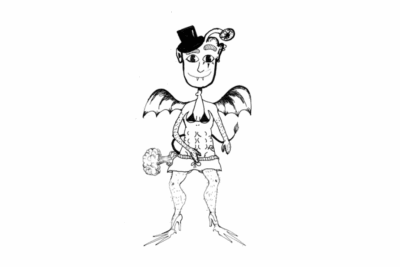What if we were to tell you that somewhere, at sometime, there exists a tool that could turn anything into art. A tool so powerful it could turn even the most straight-edged accounting major into a full-fledged Pablo Picasso. Well, what if we told you we haven’t found that, but we have found the next best thing, and it’s going to revolutionize the way we … do art.
Last Friday evening, after futilely attempting to work on homework for what seemed like ages, we decided to take a break and surf the web – and what we discovered blew our minds. We happened upon one of the Internet’s lesser known websites, which calls itself “Instagram.” After our initial disappointment that this wasn’t a graham cracker delivery service, we discovered its true purpose as a fount of artistic inspiration.Instagram advertises itself as “fast, beautiful photo sharing.” After browsing hundreds of photos, we’d like to add one more adjective: “classy.” Nothing captures the quintessential Goshen fall quite as well as a blurry, zoomed in photo of a dying maple leaf. Once you take the necessary time to peer through Instagram’s nauseating sepia lense, as Jon and I have, you’ll begin to see the merits of mass-produced art.
Take, for example, the classic shot of shoes loosely arranged in a circle. Before Instagram, most people may have passed up this potential Pulitzer Prize-winning scene. Instagram gives its users the inspiration they need to create faded square-shaped photos – we had never stopped to think how beautiful the sidewalk is when viewed from three inches above its surface. It wasn’t until we cranked up the contrast on our hot pic of crumbling cement that we realized our true artistic potential. If you stay committed to taking pictures of mundane objects, you too can fill up your friends’ Facebook walls with imitation Polaroids.
Because we’re friends with a few art majors, we feel overly qualified to categorize the soon-to-be-real art movement that is Instagram. If Jackson Pollock was an abstract expressionist, Instagram users are pre-post-contemporary-modern-social-post-Facebook-performance-meta-Twitter-sepia-duckface-post-macroeconomics-modernists. That will probably start showing up on Humanities exams, so start studying.
Now that we’ve let you in on the secret to becoming a world-renowned artist, we look forward to everyone’s worlds becoming a bit more blurry and steeped in sepia.

